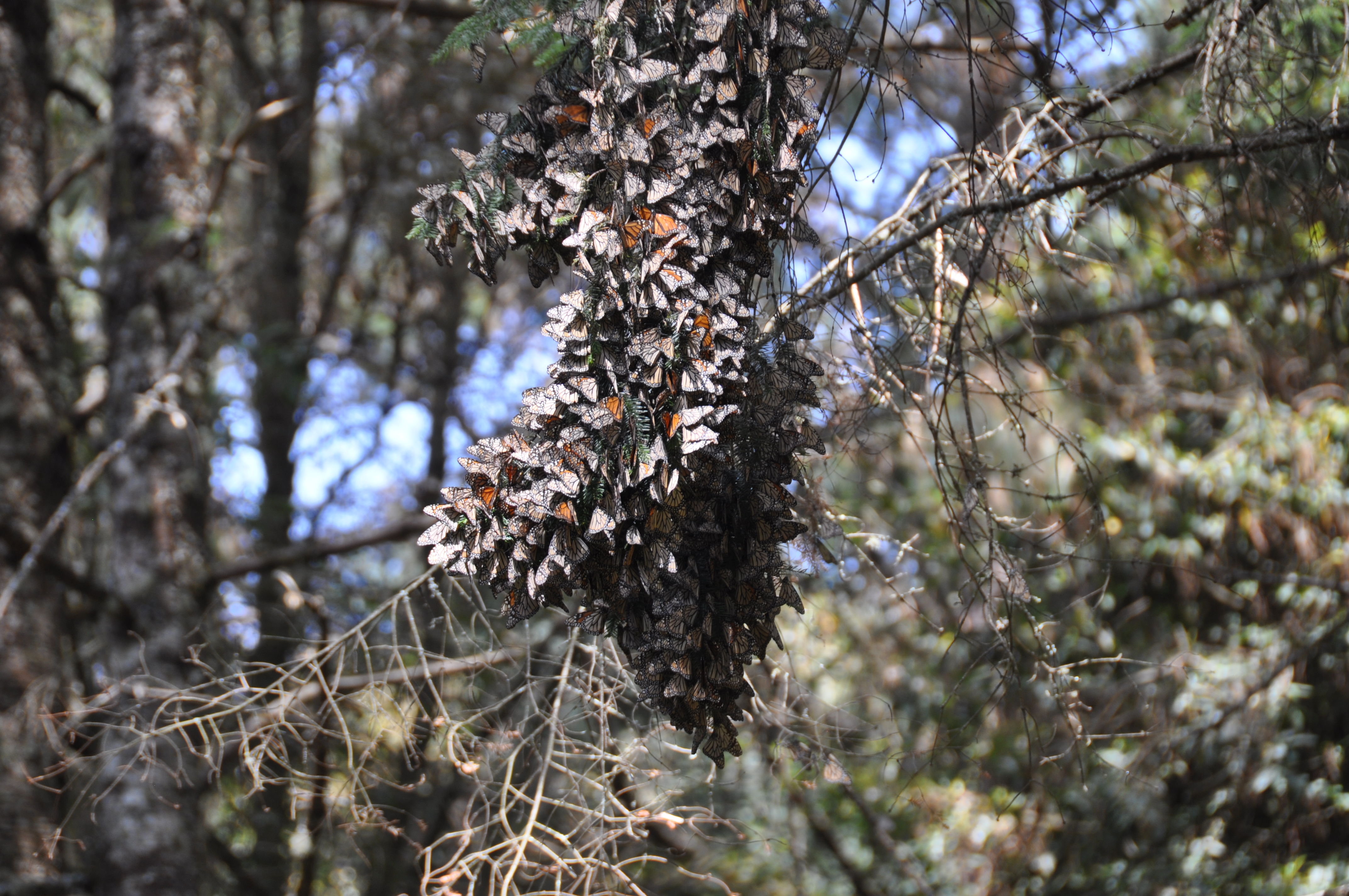PI

Delbert André Green II, PhD
Assistant Professor of Ecology and Evolutionary Biology, University of Michigan-Ann Arbor
Photo Credit: Daryl Marshke (University of Michigan)
Postdocs, Graduate Students, Research Technicians

Darene Assadia (she/her)
PhD Student (2023-)

Sam Stratton (he/him)
PhD Student (2021-)

G Harrison (she/her; they/them)
PhD Student (2023-)

Yangzhou Wang, PhD
Research Technician, Lab Manager
Interested in joining the lab as a postdoc or graduate student? Please email me (dgreenii [at] umich [dot] edu) with a description of your interests and your CV/resume. The lab is a part of the Ecology and Evolutionary Biology Department at the University of Michigan. There will soon be opportunities for graduate students to join the lab through other UM training programs as well.
Undergrads

Deidre Mitchell (she/her)
UM ’25

David Cano (he/him)
UM ’26

Tongyuan (David) Miao (he/him)
UM ’27

Gabby Kupper (she/her)
UM ’25
Are you an undergraduate (or high school student) who is interested in working in the lab? There are occasionally positions available to join our team as an undergraduate research assistant (through UROP, independent study, or other alternatives). Please email me (dgreenii [at] umich [dot] edu) 1) a thoughtful description of why you are interested in the lab and 2) your CV/resume (including contact information for at least one personal reference), if you have one.
Alumni








Current: UC Boulder (Grad Student)

Current: Wayne State U (Grad Student)

UM ’23

UM ’23


Current: Medical Student

UM ’21

Current: Northwestern U
(Grad Student)

Current: UC Berkeley Law (Grad Student)



